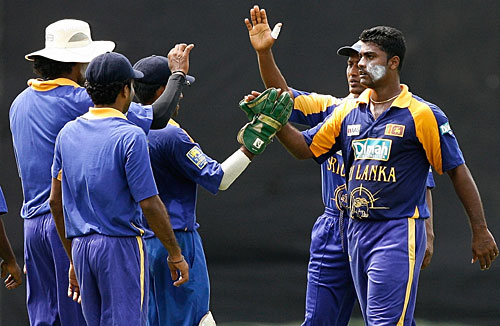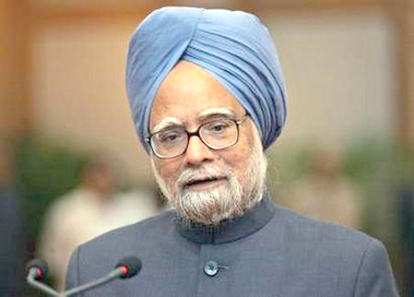
Indian men contribute more than 80 per cent of the country’s taxes and have little or nothing spent on their welfare. The state systematically denies any rights in a married life and creates laws to purposely harass them in all ways possible. Thousands of crores are spent every year through various different channels on women’s programmes, little or nothing is being spent on welfare for men. The Government of India has a ministry for welfare of animals but has still not heeded to the requests for creation of a mens welfare ministry .
Laws in India are so biased against men that women who have never married in India or do not have children who are Indian citizens also come all the way to India tomisuse Indian laws. Most marital laws are unconstitutional and go against articles 14, 15, 20 and 21 of the Indian Constitution, which guarantees fundamental rights like right to equality before the law, special provision for weaker sections of the society, multiple trials for the same crimes and right to liberty. On one side, the government promotes that they are committed to eradicating dowry completely from India on the other hand they allow the exchange of dowry to go unabated. But once the exchange has happened, millions of husbands and their families are arrested without the slightest iota of evidence or investigation under the draconian section 498 A of the Anti Dowry act.
In terms of Alimony, Indian laws are no better. In the western world, there exist hard and fast rules for alimony for women. In most states in the US, alimony applies only when the marriage has completed 10 or more years . However, in India, men are forced into a ‘compromise’ against their will and are made to pay huge settlement amounts to women who have broken marriages, which have not even reached their first anniversary. Child custody remains with the mother all the time and the father gets visitation to the tune of one hour a month.
The less written about the newly created domestic violence act of 2005 the better. Better known as the property grabbing act of 2005, this act has been misused by the empowered women of India to grab the properties of husbands and their families. Misuse of the law also has reached epic proportion and now misuse of this law competes with misuse of section 498A, which according to government is misused in 98 per cent of cases .
The resulting consequence of the systematic torture of men in India has been catastrophic. More than 56000 married men commit suicide every year due to spousal as compared to only half that number of women. Even after the suicide of the husband, every attempt is made to make this death as a death due to unknown reasons and no punishment is ever meted out to the wife who was the responsible for the death. In fact the two main categories that men’s deaths are classified in the national crime records bureau are ‘Unknown reasons’ and ‘Other reasons’.
The cruel and deliberate attempts to subjugate the rights of husbands in India is deplorable and shows a very fascist attitude. The government must immediately amend the marital laws to make them gender neutral and then proceed to create a men’s welfare ministry and study and arrest the rising mens suicides in India before the situation goes out of hand





































